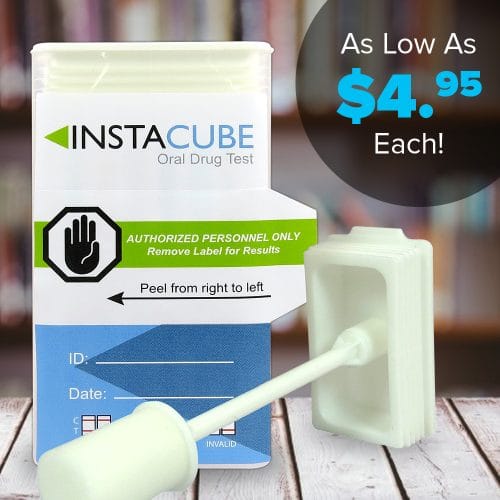In a 2013 blog entry, we warned of the dangers to trick-or treating-kids on Halloween of candy laced with marijuana. Illicit street dealers were creating all kinds of candies that contained some form of cannabis, both for convenience, as a new and marketable product, and to help illegal users avoid detection.
Flash forward to 2015. In the last year, the number of states decriminalizing recreational pot rose to 18, while 28 states allow medical marijuana. And most of the stores and dispensaries offer some form of edible pot: lollipops, gummy candy, pastries, sodas—the list is limited only by the imagination of the entrepreneurs. The danger of such edibles ending up in the hands of children has skyrocketed. Evidence has also mounted of the hazard of edible pot for adult users.
Part of the problem is that the marijuana marketed today is much more potent than that available in the 1960’s—sometimes dozens of times more powerful. Selective breeding and market demand has made it so. Add to that the delay in the onset of intoxication symptoms when ingesting pot and you have the recipe for disaster. Even veteran users can overdose on these tempting treats. More and more reports are coming in of adults lapsing into comas, dying from respiratory arrest, being involved in automobile and other accidents, having psychotic breaks and hallucinations, and engaging in extreme violence, all after succumbing to extraordinarily high levels of the drug in their bodies.
The risk for children is even higher. Few of these food products are labeled, other than on their container or their wrapper. A handful of pot-laced gummy bears looks just like innocent candy. But a child eating even one of these is at great risk, both because of their small body weight and because of the differing chemistry of children and adults.
And if they are unaware of the drug presence in an edible, the hazard is heightened even more. When was the last time you stopped at one cookie? If a single cookie or lollipop or gummy bear is a potent dose for an adult, imagine what happens to 6-year-old’s brain and body after consuming a half dozen or more!
Some state legislatures are attempting to deal with this problem, working to come up with some sort of on-product labeling for candies, like an imprint or a colored stamp indicating the presence of marijuana, and some standard for dosage per serving. But this is a difficult problem to address and, given the mom-and-pop nature of most marijuana outlets, even more difficult to enforce.
Whatever the legal solution, the best answer for the moment is for parents and responsible adults to be vigilant about the presence of such edible intoxicants in their children’s environment.



